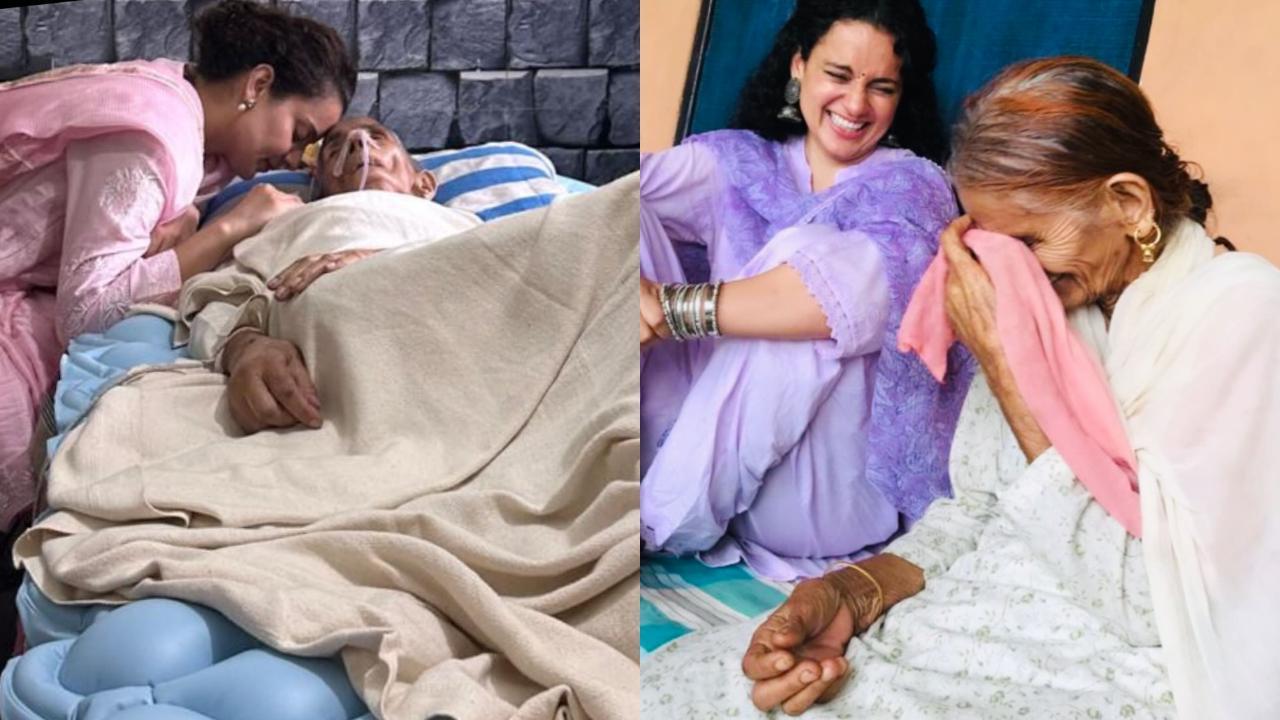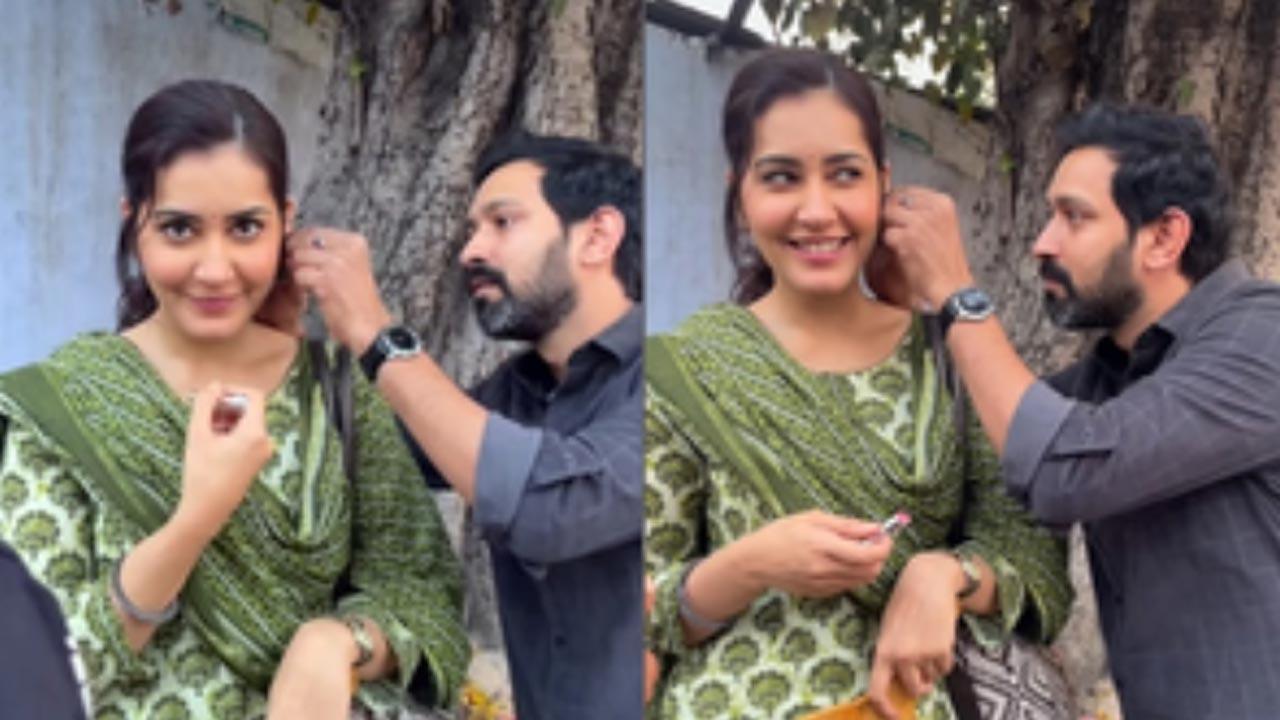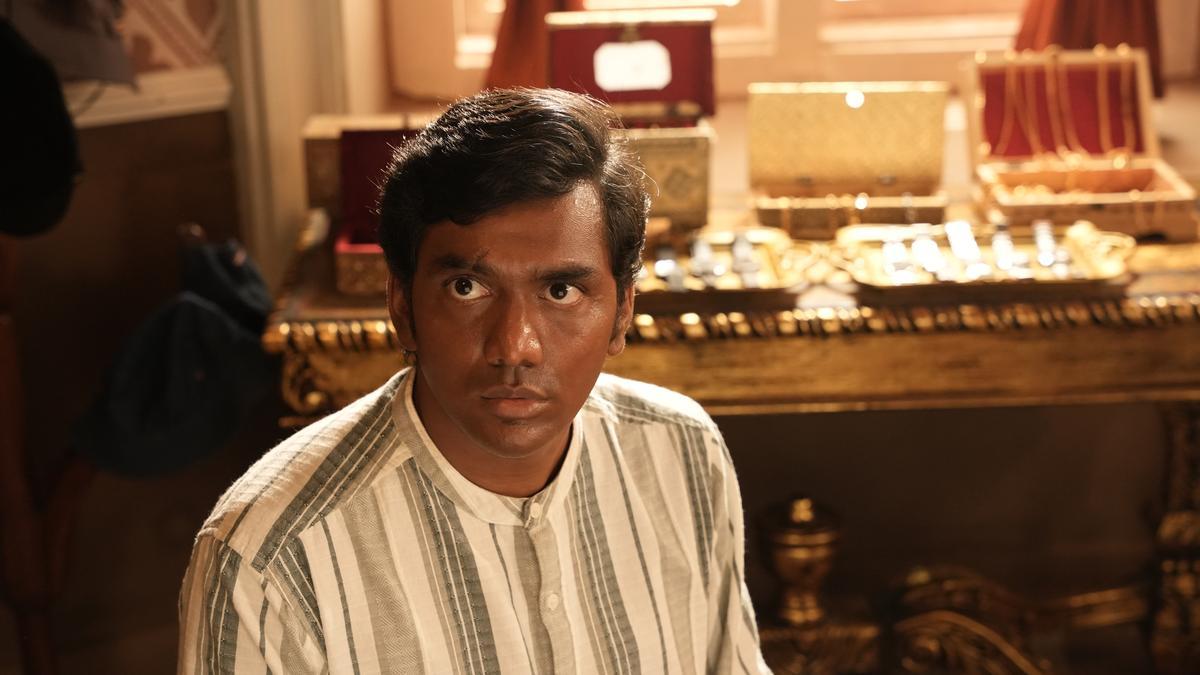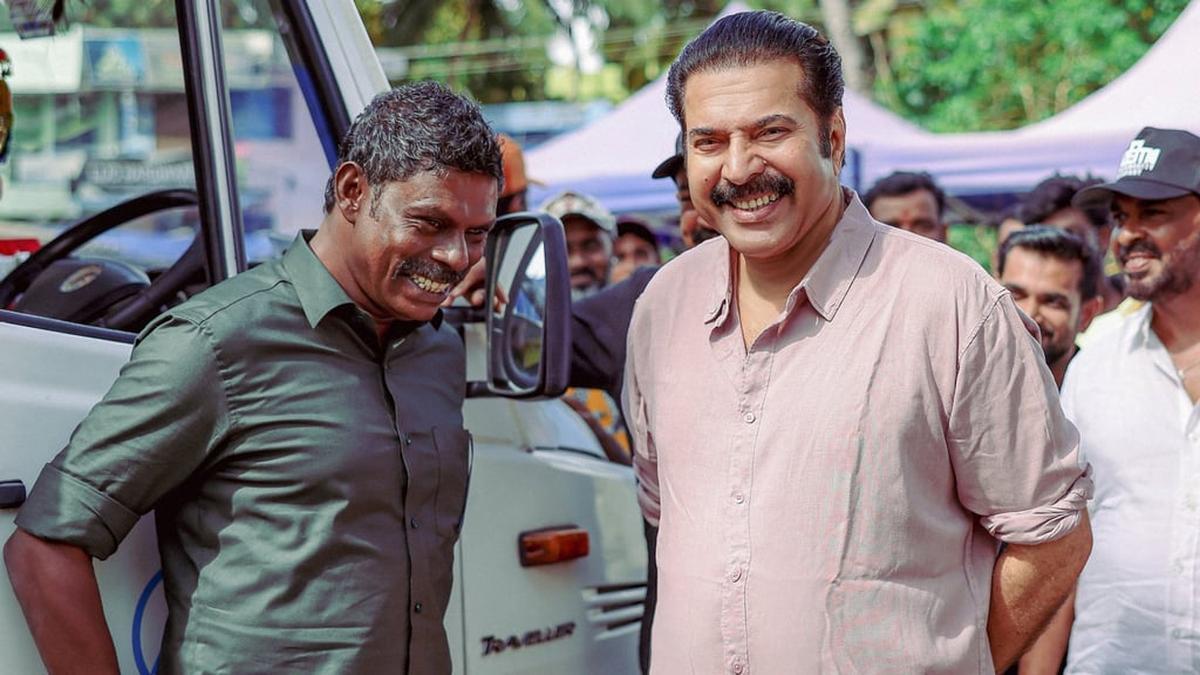
Revered throughout history, muses have ascended from the celestial duties of Greek mythology to serve as models, financial pillars, and domestic bedrocks for artistic geniuses. Often found in the literary shadows are wives, whose tales are seldom told, whose lives and sacrifices are typically eclipsed by the brilliance of their celebrated husbands. They are the silent engines in a creative partnership, ensuring the mundane affairs of life do not impede the flow of genius.
Decades ago, questions were raised about the imbalance of such relationships, notable when considering Gandhi’s adoption of brahmacharya at the age of 38, which prompted speculation not just about his ascetic life but also about the repercussions for his wife, Kasturba. “What about her life?” This question, emblematic of the overlooked spouse, resonates through publications such as ‘Wifedom’ by Anna Funder, which intricately weaves reality with fiction to cast a spotlight on Eileen O’Shaughnessy, George Orwell’s first wife. Other notable works including ‘Lives of the Wives’ by Carmela Ciuraru, Katie McCabe’s ‘More Than a Muse’, and Ruth Butler’s ‘Hidden in the Shadow of the Master’ mirror similar revelations, unfolding the veiled sacrifices of these women.
The ingrained notion that a wife should embody the role of a muse was pithily summarized by Ciuraru: “The problem with being a wife is being a wife.” She scrutinized the dependencies of celebrated authors on their spouses, hinting at the irony of powerful writers who, while monumental in literature, relied on their wives for the simplest of tasks. From Tolstoy to Hemingway, their greatness was often sustained by the women in their lives.
Kinglsey Amis and his wife Elizabeth Jane Howard exemplified a creative union tethered by imbalance. Despite Howard’s own accomplishments as a novelist, she found herself subsumed by the logistical and domestic burdens that facilitated her husband’s craft. To be married to men of such aptitude often meant justification was necessary for the discrepancy within creative partnerships. Composer Gustav Mahler famously informed his wife Alma, herself a composer and author, that only he could hold the title of the family composer while she should lend supportive companionship—confining her creativity to the shadows of his legacy.
Alma Mahler was not the only wife to act as muse for a series of geniuses, succeeding with Walter Gropius and Franz Werfel after her marriage with Mahler had ended. Josephine Hopper, initially the more renowned artist, set aside her own career to manage her husband Edward Hopper’s professional life, establishing a precedent that if one had to prosper, it should be him.
In the tumultuous world of abstract expressionism, Lee Krasner stood as the resolute wife of Jackson Pollock. Her roles transcended the personal, heavily involving herself in marketing her husband as an immaculate artist, despite receiving little recognition in return. Yet this allowed her artistic freedom unfettered by the spotlight’s glare. Even healthy partnerships, like that of Virginia and Leonard Woolf’s, which seemingly fostered mutual artistic growth, hint at social dynamics wherein the husband’s ‘masculine prerogatives’ were assumed, if not explicitly acted upon.
The strife between patriarchy and creative spirit has yielded a narrative where the muse’s dedication either emerges from genuine volition or for shrewd reasons. It is in this conflation of intimacy and art that the spouses of Hemingway, Joyce, and Nabokov contributed quietly to their works, sometimes at great personal cost. It prompts a profound reflection on the value of art against the backdrop of those who suffused their essence into its creation, often without due credit.
The question persists: Do we celebrate masterpieces like ‘The Old Man and the Sea’ or ‘Guernica’ heedless of the ‘collateral damage’ inflicted upon the muses, those women who inspired and sustained the creative process? Our response to this dilemma reveals much about contemporary values, the intricate dance between artistic brilliance and human decency, and the sacrifices spouses are willing to make, either in the name of peace or in the quest to inspire monumental works of art.










